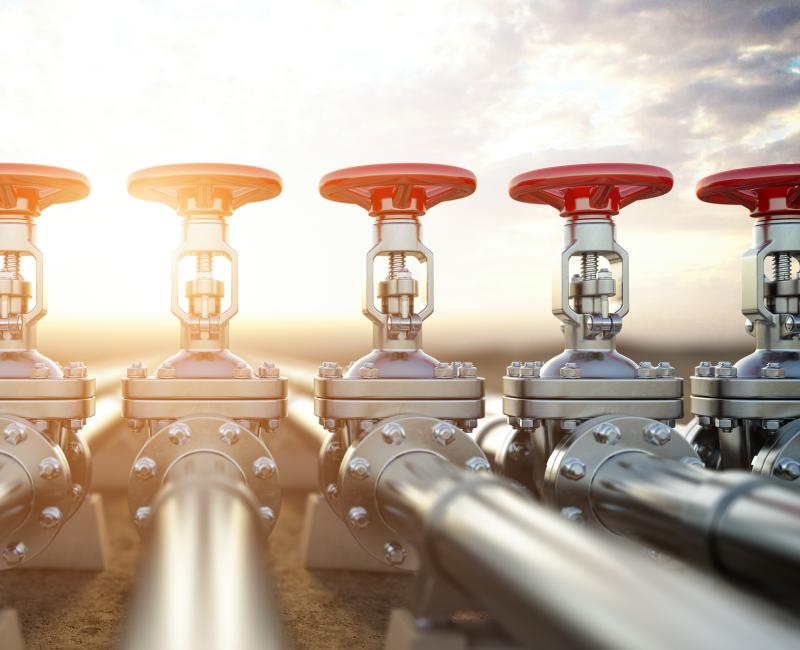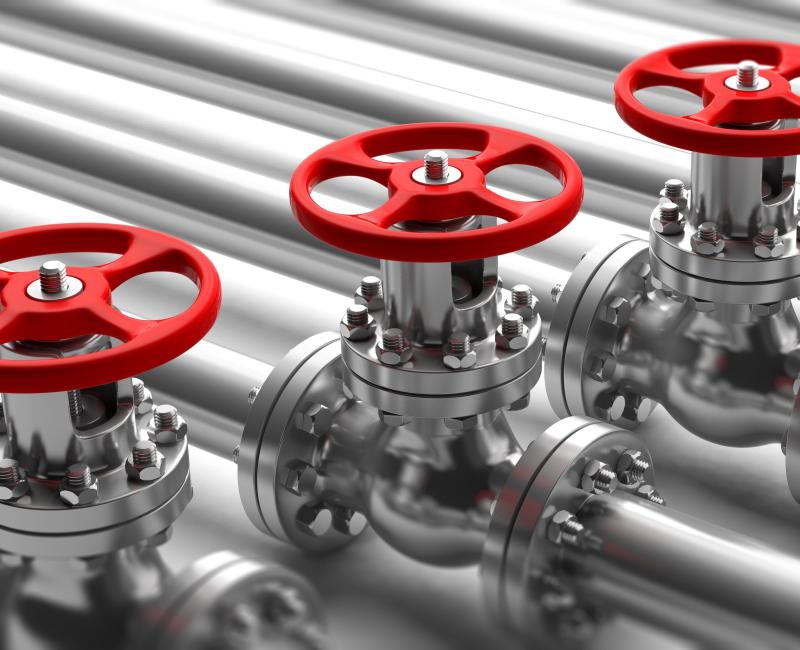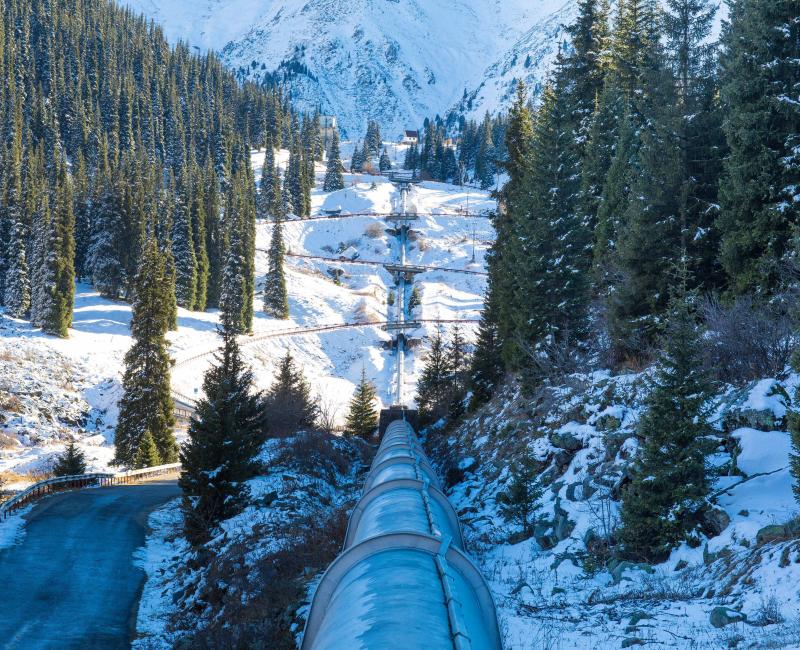ACER analyses the gas transmission tariff methodology for Interconnector Limited, connecting UK and Belgium

ACER analyses the gas transmission tariff methodology for Interconnector Limited, connecting UK and Belgium
What is it about?
ACER publishes today its report on the proposed gas transmission tariff methodology for Interconnector Limited (INT), the natural gas pipeline in the North Sea connecting the United Kingdom (UK) and Belgium, allowing bidirectional flows to supply gas to continental Europe. INT is a merchant pipeline, previously known as Interconnector (UK) Limited (‘IUK’).
The report analyses the proposed reference price methodology, consulted upon by the Transmission System Operator (TSO) to set the tariffs for the INT pipeline.
What is the methodology about?
This interconnector falls under the regulatory jurisdiction of the British National Regulatory Authority (NRA), the Office of Gas and Electricity Markets (Ofgem), and the Belgian NRA, Federal Commission for Electricity and Gas Regulation (CREG).
As a merchant pipeline, INT differs from regulated assets built or operated by TSOs, including the absence of:
- an allowed or target revenue set by the NRA (as theirs does not have a regulatory asset base);
- captive consumers directly connected to its infrastructure.
Accordingly, INT (formerly IUK) was granted a derogation (in 2018) by the British and Belgian NRAs from a number of provisions of the EU Network Code on Harmonised Transmission Tariff Structures (NC TAR).
INT’s proposed methodology aims at setting transmission tariffs that can be adjusted to market conditions in the UK and Belgium.
What does ACER say?
ACER’s report on the proposed reference price methodology finds that the information provided by INT in the consultation document is insufficient for ACER to conduct a complete compliance analysis of the proposed tariff methodology with the EU gas tariffs Network Code. Furthermore, the ACER report refers to the requirements in the EU Network Code that are applicable to the INT pipeline.
What are the next steps?
CREG shall take a motivated decision on the methodology to set the tariff methodology for INT.
Access all ACER reports on national tariff consultation documents.









